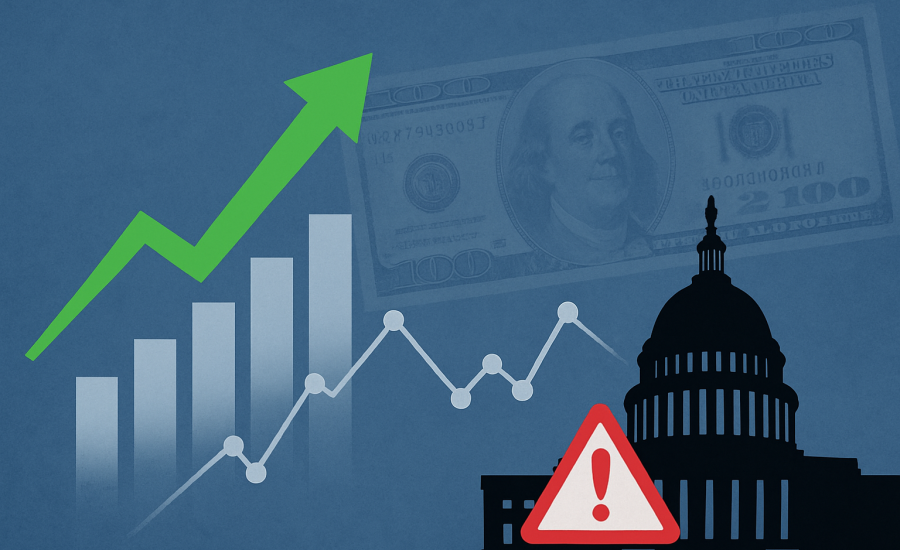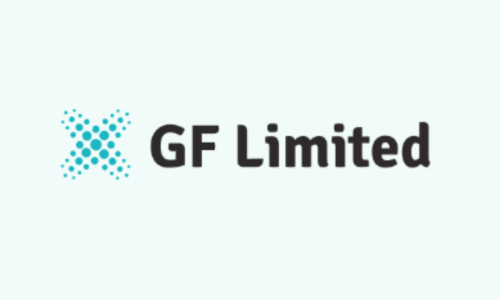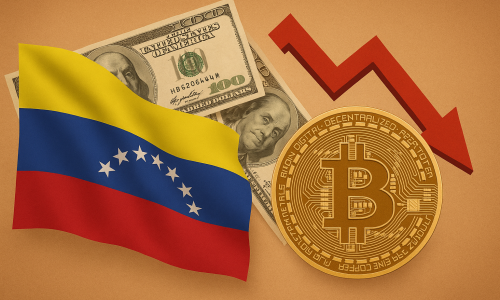Introduction
Asia Pacific equity markets rose modestly on Monday as investors balanced optimism for a new quarter rally against mounting concerns over a potential U.S. government shutdown. The U.S. dollar eased, adding support to local equity valuations, while bond yields and commodity prices responded to macro signals emanating from both Washington and global supply dynamics.
Markets across Asia saw broad-based gains, though Japan’s Nikkei bucked the trend and slipped on profit taking. The dollar index weakened, and U.S. Treasury yields came under some downward pressure. Commodities such as oil pulled back, and gold resumed its ascent, reflecting some safe-haven demand. Below is a detailed breakdown by region, asset class, and the policy and risk factors influencing market sentiment.
The U.S. Shutdown Risk And Market Implications
One of the principal overhangs for markets is the looming possibility of a U.S. federal government shutdown. Without a funding deal, the shutdown could commence from Wednesday, and that prospect is rattling investors who fear disruption to data flows, federal operations, and broader economic confidence.
A shutdown would likely delay the publication of the September payrolls report and other key economic indicators, leaving the Federal Reserve with less clarity ahead of its next meeting. Some analysts warn that if the shutdown lingers beyond the Fed’s next meeting, policymakers may have to rely more heavily on private data — potentially reducing confidence in their decisionmaking.
The specter of a shutdown is already influencing market expectations. Despite the uncertainty, markets are still pricing in a roughly 90 percent chance of a Fed rate cut in October, with about a 65 percent probability of another cut by December.
Asia Markets: Gains With Select Weakness
Broad Strength Across Regional Markets
In Asia, most equities advanced as the dollar’s retreat and hopes for renewed demand bolstered sentiment. The MSCI index for Asia-Pacific (ex-Japan) climbed about 0.4 percent, bringing its September gains close to 4 percent.
South Korea was a standout, with equities surging about 1.3 percent, lifting the market to a gain of 7.6 percent for the month.
Chinese blue-chip stocks also fared well, adding 0.7 percent ahead of China’s Golden Week holiday that begins midweek.
Japan’s Slippage and Political Watch
Japan’s Nikkei index declined 0.8 percent on Monday, although it still ended the month strongly, about 5 percent higher year to date.
Investors were also closely watching the internal politics of Japan’s ruling Liberal Democratic Party. A leadership vote over the weekend could change the outlook for fiscal and monetary policy, introducing fresh directional uncertainty for Japanese equities.
Currency And Bond Markets
Dollar Eases, Yen and Euro Move
The U.S. dollar index slipped about 0.2 percent to 97.952, pulling back from its recent strength.
Against the yen, the dollar lost 0.4 percent, trading at about 148.92 yen after having rallied over 1 percent in the prior week.
The euro edged up to 1.1726 dollars, inching upward but remaining within its recent trading range of roughly 1.1646 to 1.1918.
Lower dollar strength generally supports emerging market assets and commodities, and it may assist Asian equities in getting a lift from the global flow of funds.
U.S. Treasuries and Yield Movements
In U.S. bond markets, 10-year Treasury yields found support near 4.16 percent, after being pressured by strong U.S. economic data in prior sessions.
A combination of cautious sentiment about the U.S. fiscal outlook and demand for safe assets may restrain further yield increases, especially if market participants begin to lean toward defensive positioning.
Commodities: Oil Softens, Gold Surges
Crude Oil Pulls Back
Oil prices edged lower on the day. Brent crude fell about 0.8 percent to 69.73 dollars per barrel, while U.S. crude eased near 0.7 percent to 65.27 dollars per barrel.
One headwind for oil came from renewed supply flows. Crude began flowing again through a pipeline from the Kurdistan region of Iraq into Turkey — the first time in about two and a half years — which added some downward pressure to regional prices.
Additionally, OPEC plus was expected to approve a production increase of at least 137,000 barrels per day at its upcoming meeting, which could further weigh on prices.
Gold Resumes Its Climb
Gold, meanwhile, resumed its upward march, reaching fresh all-time highs. The precious metal continues to benefit from risk aversion, dollar weakness, and the prospect of delayed monetary easing.
Regional Policy And Monetary Factors
Central Bank Activity
Multiple central bank officials from the U.S. Federal Reserve and European Central Bank were scheduled to speak over the week, offering markets potential guidance on policy direction.
In Australia, the central bank was widely expected to hold rates steady at 3.65 percent in its upcoming meeting. The bank had already eased three times in the year, so a pause was anticipated.
Because monetary policy remains a central variable for markets globally, each communications event carries elevated importance in the current uncertain backdrop.
Quarter-End Behavior and Flow Dynamics
As the third quarter draws to a close, some market strategists expect that investors may engage in window dressing — buying names likely to attract attention into the quarter-end. Historically, the fourth quarter has been favorable for equities, with the S&P 500 rising in roughly 74 percent of fourth quarters.
Should the U.S. shutdown be averted or resolved quickly, markets may receive a short-term tailwind, especially if global investors resume risk appetite for equities and carry trades.
Risks, Uncertainties, And Market Sensitivities
Shutdown Duration and Economic Impact
The key wild card is how long a U.S. shutdown might last. The longer the impasse, the greater the risks to consumer confidence, government contracts, and data flows. Even if the direct economic hit is modest in the short run, the political and psychological effects could amplify market volatility.
Fed Policy and Data Lags
If key data — especially employment, retail, and industrial numbers — are delayed or unavailable due to a shutdown, the Fed could lose some of its forward guidance efficacy. That may inject ambiguity into whether and when rate cuts might be appropriate.
Geopolitical and Supply Risks
Oil markets and broader commodity flows remain sensitive to geopolitical developments, particularly in the Middle East and supply disruptions from key producers. OPEC plus decisions, regional stability, and infrastructure bottlenecks all remain potential flashpoints.
Market Sentiment and Technical Pressures
Markets are walking a fine line: investors want to position for a potential rebound in the final quarter, but are wary of overextending in the face of macro risk. Technical levels, momentum shifts, and headlines about U.S. politics may prompt whipsaw movement in the near term.
What Traders And Investors Are Watching?
- Any breakthrough in funding negotiations in Washington to head off a shutdown.
- Publication schedule of labor, retail, and industrial data if a shutdown is avoided.
- Speeches by Fed and ECB officials for forward guidance on rate paths.
- OPEC plus supply decisions and pipeline dynamics such as Kurdistan-Turkey flows.
- Reactions in China and Asia markets after the Golden Week holiday.
- Key technical levels in equity indices, currencies, and bond yields.
For equity investors, the mix of macro uncertainty and seasonal strength means positioning must be tactical. In fixed income, a tilt toward quality and duration may appeal. Commodity traders may look for cues from supply flows and global demand dynamics.
Conclusion
On 29 September 2025, markets in Asia broadly advanced, buoyed by a weaker U.S. dollar and hopes for renewed momentum in the last quarter. But the persistent threat of a U.S. government shutdown hangs heavy over global investor sentiment. The possibility that critical economic data might be delayed adds to the ambiguity.
In this environment, market participants are navigating a delicate balance: aligning with seasonally favorable patterns and risk-on flows, while hedging against policy and political disruptions emanating from Washington. The next few days may prove pivotal, especially if the U.S. resolves its funding impasse or if central banks deliver surprising signals.



